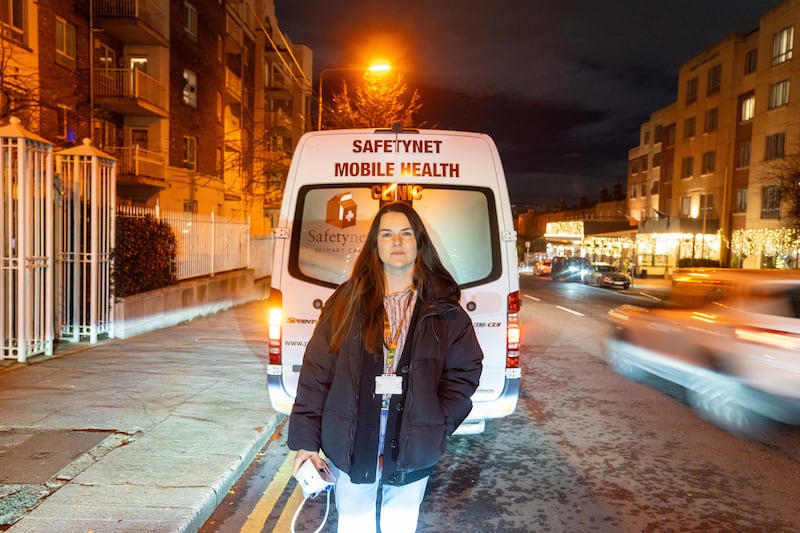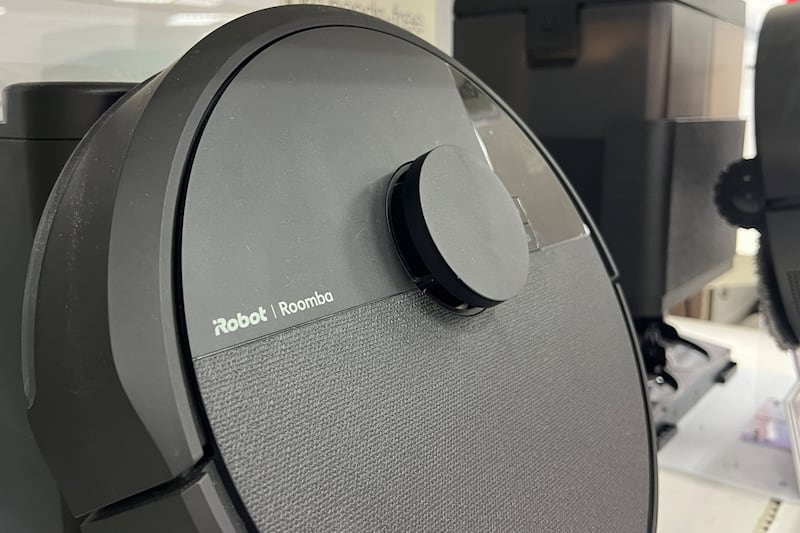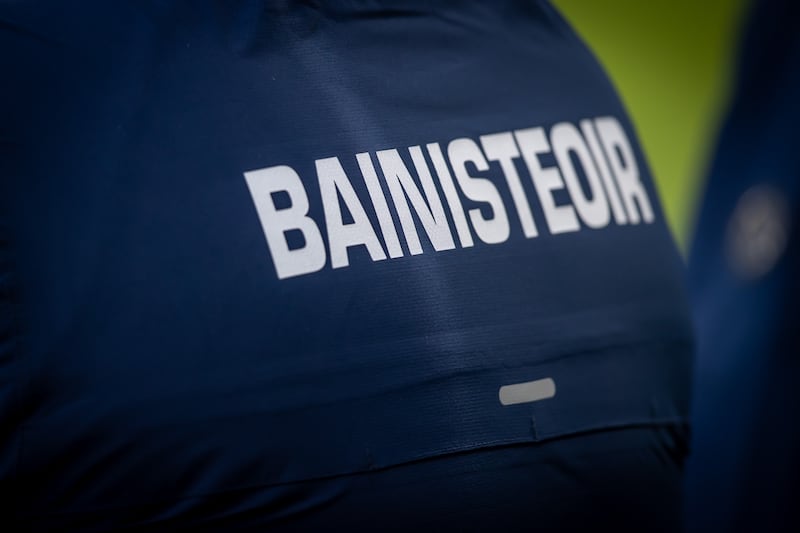The Dutch police proudly put their drone-hunting eagles on display back in 2016, declaring they had found a “low-tech solution to a high-tech problem”. The birds were set to be deployed at airports and any other venue where a threat from the skies, in the shape of a rogue drone, was apparent. They would snatch a drone out of the sky on demand and return to their handler with it still in their claws.
They were dubbed the “flying squad” and the leather caps placed over their heads – which calm birds of prey in moments of rest – sported the “Politie” logo and livery. But very soon the plan ran into problems. When the birds were hit with drones’ blade-like propellers, they went about future missions more reluctantly, indeed with marked disobedience. Though protective Kevlar pads for their legs and talons were mooted as the solution, the eagles were decommissioned in late 2017.
In the five years since then, the range of gadgets and technologies now available to airports, prisons, militaries and police forces to take drones out of the skies has increased exponentially. However, while drone ownership has soared in the Republic, and drone incursions like that seen at Dublin Airport last weekend have increased, the authorities here have no equipment to disable or hijack a drone. Indeed, more than a decade after drones first began posing security threats in the Republic – including drug deliveries into prisons – there is no legislation in place providing for interventions that would take drones out of the sky using technology.
Professor of international politics at Birmingham University, David Dunn, has researched and written extensively on drones and their security implications. “You’ve got to tell people: this is illegal, this is dangerous and if you do this, you will be prosecuted or you’ll lose your drone and not get it back,” he said of the need to run publicity and education campaigns.
READ MORE
Roadside signage, with the same messaging, must also be erected in the area surrounding any airport campus, he added. Regular patrols by the police or, more likely, airport security personnel, were also required there in a bid to catch people about to fly a drone. After those basic steps, then technology has a big role to play, Prof Dunn says.
[ Gardaí, Airport Police have no legal powers to forcibly halt rogue drone flightsOpens in new window ]
[ Ryan to ask for military-level technology to ‘take down’ dronesOpens in new window ]
One anti-drone technology was the Skynet Drone Defence, which was effectively a net inside a plastic casing – like an oversized shotgun cartridge. It is shot up at a drone in order for the net to cover and disable it. Another product on the market is by Australian-US company DroneShield, which looks like an oversized machine gun. It is pointed from the ground towards a drone and overwhelms it via radio frequencies. This breaks the contact between the drone and the person controlling it, forcing it to land or fly back to where it took off.
Prof Dunn said some of the gun-style technologies can also take over control of the drone, meaning it can be flown anywhere, while others can “fry the innards of a drone”, breaking it so it falls from the sky.

“For years the most effective action was a shotgun, but now this is a space that a huge amount of investment has gone into,” he said. It was also now deemed too dangerous and unpredictable to shoot down a drone close to an airport for fear of where a stray shot may land.
John Kettles is a Scottish businessman acting as agent for Australian company Department 13, which produces a suite of products for detecting and controlling drones. He was this week seeking meetings with officers from the Garda and Government officials, claiming the equipment he sells would offer a client like Dublin Airport complete control over rogue drones.
The hardware and software he sells can monitor the skies 5km around an airport, for example, and scan any drone present for the information its contains, including who owns it and its make and model. Another piece of kit scans the skies and can then instantly take over control of a drone to take it out of a danger zone.
“If a drone we identify isn’t on our list of drones allowed to be in the area at that time – maybe a drone being operated by the media at an event or something like that – we see that automatically. And all we do is press a button called ‘home’ and that drone comes to our helimat,” he said of a predesignated landing space marked with a flat mat.
Kettles says while technology exists to take a drone out of the sky, crashing it to the ground, it was much better to take control of a drone and keep it in tact for retrieval and inspection. Drones, he said, can yield so much intelligence they were a vital piece of evidence for police forces trying to identity and prosecute rogue drone operators.
With so many anti-drone products on offer, it is surprising then the authorities in the Republic appeared so wrong-footed by the latest drone incursion at Dublin Airport during last weekend. While those events are under investigation, no arrests have been made. Also this week, a man was charged over a drone flight close to Dublin Airport in January; an incident not made public at the time.
In the aftermath of last weekend’s drone sightings at the airport – which grounded flights for a time on Friday, Saturday and Monday – it emerged slowly and painfully this week that not only do Irish airports not have the technology and kit required to down drones, the Government and State agencies are starting from scratch on this issue.
Minister for Transport Eamon Ryan TD concluded – after talks with the Garda, Dublin Airport management and the Irish Aviation Authority (IAA) – the technology was not available in the Republic to intervene and bring drone flights to a halt with so-called “signal jamming” technology. However, he made no mention of the fact such interventions – now commonplace in other countries – were not provided for under Irish law. Ryan said he would ask Tánaiste and Minister for Defence Micheál Martin if he would ask the Defence Forces to look at “evolving technologies” to disable drones.
Privately, senior Garda management fears it is the Garda, not the Defence Forces, who will be placed on “drone patrol”. Senior officers are very lukewarm about the prospects of the force taking on responsibility for drone patrols around Dublin Airport, and dealing with drones when they appear. Sources told The Irish Times huge resources would be required, especially as it was illegal to fly a drone in a 5km radius around Dublin Airport campus, creating a zone of 79km that would need to be patrolled, monitored and a 24-hour response capability put in place.
Mounting danger
The same senior Garda sources wondered if they would then have to take on the same task at other airports – and prisons and other facilities – while pointing out Dublin Airport had its down security staff and Airport Police. They believed it made much more sense to empower designated staff at airports, prisons and other facilities to use the technology that could halt, and down, a rogue drone.
A recent report written by three Defence Forces officers – which surveyed 86 Air Corps fixed wing and helicopter pilots – found the Garda, Air Corps and the IAA were ill-equipped to deal with the mounting danger. Since then the number of registered drone operators in the Republic has increased to 8,500, up by 50 per cent last year alone.
In reply to queries, the Department of Transport said it was “developing a policy framework for ... drones and it will include measures on enforcement and compliance”. This included exploring what technology could be made available to take drones out of the sky by force.
Whether the Garda, Defence Forces or airports would take on that enforcement responsibility, and when it might be provided for in legislation, remains unclear.



















